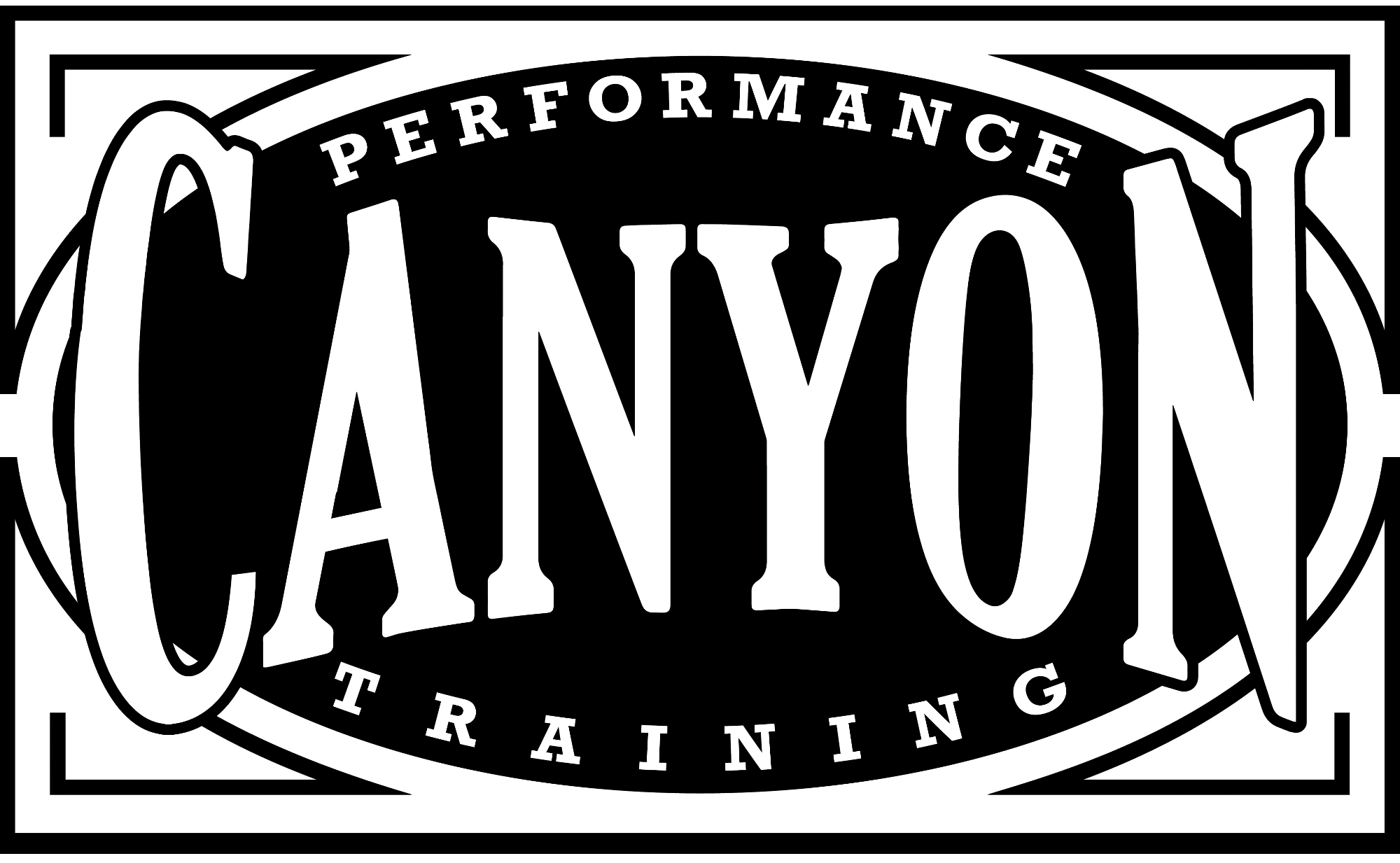 What’s the best exercise to boost a particular skill?
What’s the best exercise to boost a particular skill?
Surprises: It’s the one you’ve never done before.
Just as intellectual learning means mastering new material – not repeating well-known answers – athletic training should constantly give the body new challenges so it becomes agile and able to adapt to unforeseen circumstances on the playing field.
In an environment where training rooms post individuals’ bench press records as an incentive to improve that ability, the idea of multiple exercises and constantly varying regimes sounds radical, but it renews the approach of successful athletes just a generation ago: the best blocker became the starting lineman, and no one knew, or cared, how much he could bench press. Today, many coaches make weightlifting success the test, rather than on-field dexterity, and then teach to the test.In real play, such an approach is less than useless – it’s counterproductive. The bench press, for example, involves lying on a stabilizing bench and holding the elbows away from the body. On the football field, the lineman has no bench for stabilization, and the rules require holding the arms to the sides – the bench press motion will likely draw a flag for holding. A more realistic exercise would involve standing up straight, positioning the feet close together, pressing the elbows close to the body, and pressing with a cable.
Traditional weightlifting was developed by bodybuilders for body builders. It achieves their goal of looking athletic, but athletes who reqiure improved performance in a particular sport need more than just good looks. Excessive practice of those limited skills can be harmful. The admired lack of body fat in a bodybuilder can actually leave the athlete without sufficient fuel reserves for a grueling season. The overuse of bench presses or other lifting motions can put the athlete at risk of repetitive use injury.
Instead of a limited number of exercises that can produce narrow skills at best and training-room injuries at worst, athletes should perform a wide variety of exercises with periodized reps and sets over the course of a sports performance program.
Questions for parents to ask trainers and sports performance coaches:
1. How many different exercise do you include over the course of a program?
2. How do you introduce new exercises, and how frequently?
3. Have you had athletes suffer repetitive use injuries or other training-room injuries? What have you done to address those injuries?
The All-Age Performance Training System™:
Although the Bench Press and other similar exercises have a place with All-Age Performance Training, they represent just a couple of the exercises performed during the program by some of the athletes. At the start of each workout athletes are introduced to logical progressions adding additional challenges. Entirely new exercises are introduced approximately every 4 weeks depending on how quickly an athlete masters skills keeping the program fresh and challenging.
Want to learn more about the best exercises for young athletes? Give us your e-mail address to receive more free training tips, special offers and be the first to know about new programs and small groups forming in your area. As a special bonus: receive Coach Tom Dueber’s “5 Critical Steps Every Athlete Should Add to their Off-Season Program,” Free!

